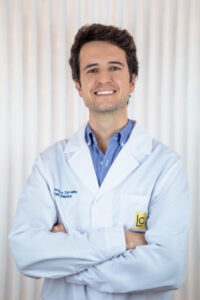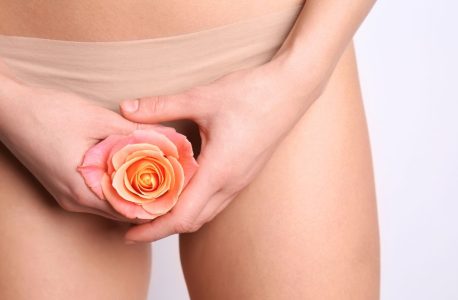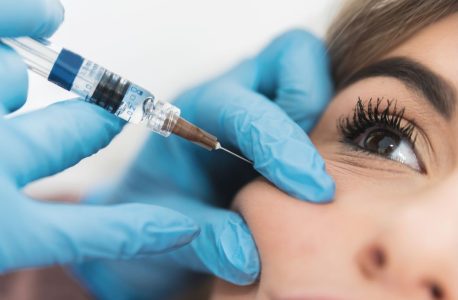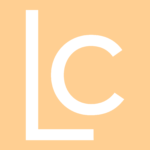Deep cleansing is a popular aesthetic treatment, especially for people with oily skin or acne, who want to remove blackheads and renew the skin’s texture.
However, many people look for deep cleansing treatments when, in fact, that’s not what they need. We often see patients with sun spots or other signs of ageing thinking that deep cleansing is the right treatment to reduce or eliminate these signs. However, there may be other treatments that are much more effective for this purpose.
In this article, we’ll explain how deep cleansing works and what its purpose is and explore other treatments that are more suitable for certain pathologies and aesthetic concerns on the face.
Deep skin cleansing
Deep cleansing of the skin is indicated for patients who have acne with a predominance of comedones, popularly known as “blackheads”. As the name implies, the aim is to cleanse the skin to extract the blackheads and unclog the pores.
Normally, in a deep skin cleansing, specific products are applied to soften the comedones and extract them manually. At the end of the extraction, the patient is usually given a soothing mask.
The frequency of cleansing varies depending on the severity of the acne. In most cases, cleansing is indicated once a month.
Chemical peeling in acne treatment
Chemical peeling is a dermatological treatment that uses acid solutions to remove more superficial layers of the skin, promoting cell regeneration.
Various agents can be used, including retinoids and alpha hydroxy acids. The ideal peel for each patient is chosen individually during a medical consultation.
This procedure is also effective in treating acne and reducing excessive oiliness and blackheads. It also treats spots and post-inflammatory hyperchromias.
By removing dead skin cells and stimulating the production of collagen and elastin, chemical peels can give you smoother, more even and gradually rejuvenated skin.
In the days following the chemical peel, the skin will begin to peel, which is a normal part of the “repair” process. At the same time, the skin begins to renew itself and, after a few days or a few weeks, you will clearly notice an improvement in the pigmentation and texture of the skin.
It’s normal to feel some sensitivity and “burning” in the treated area immediately after the chemical peel, but these symptoms disappear the same day.
Depth of the chemical peel
Chemical peels can be deeper or shallower, depending on the pathology in question:
Superficial peeling
Superficial peeling acts on the outermost layer of the skin, the epidermis, and is therefore most commonly used to treat mild skin problems, such as superficial blemishes, blackheads and uneven texture.
Medium-depth peeling
This peel affects the epidermis and part of the dermis and is effective for treating slightly deeper pigmentation, fine wrinkles and acne marks.
Deep peeling
The deep peeling treats deeper skin changes, such as acne scars and slightly more pronounced wrinkles. However, for deep wrinkles and acne marks, a prior assessment should always be made by a dermatologist, as there may be treatments that are more suitable than peeling.
In the case of acne, a superficial to medium chemical peeling is generally recommended. These peelings are enough to exfoliate the top layer of skin and unclog pores, helping to reduce acne lesions.
The choice of treatment or depth of peeling should always be made by the dermatologist after a skin assessment, as it can vary according to the type of skin and the specific condition of each person.
Book an appointment
If you would like a treatment to reduce acne, blackheads, blemishes or acne marks/scars, we recommend that you consult a Living Clinic dermatologist so that they can assess your skin and specific goals and then recommend the most suitable treatment for your particular case.
You may even discover that skin cleansing is not at all the most suitable treatment for your aesthetic goal or skin type.
For example, if you want to reduce blemishes on your skin, there may be several treatment options, including chemical peels, CO2 laser, Morpheus8, micro-needling with the addition of active ingredients or other dermatological treatments.
If the aim is facial rejuvenation, i.e. reducing wrinkles and sagging, there are surgical and non-surgical options, which will depend not only on your preferences, but also on the type of wrinkles, skin type, age, etc. The solution can be the application of collagen biostimulators or Skinboosters, dermal fillers with hyaluronic acid, facelift, laser treatments (with CO2 laser), Morpheus8 or other treatments.
Acne treatment usually involves a multifactorial approach, taking into account the type of acne the patient has and associated comorbidities. The basis of treatment is usually a medical prescription for drugs, which can be combined with medical procedures such as chemical peeling and Intense Pulsed Light.
If the patient already has acne scars, Morpheus8 and fractional CO2 laser are two medical procedures that can be effective in treating them.
Whatever your concern, talk to your doctor first so that the correct diagnosis can be made. Book an appointment here.
Responsible for Non-Invasive Facial Treatments

Dr. Paola Halfeld is a specialist in Dermatology from the Brazilian Medical Association and holds a Master in Public Health from the University of Porto. She completed her degree in Medicine at Estácio de Sá University in Rio de Janeiro. Subsequently, she completed her integrated master’s degree in medicine at the University of Algarve, registering with the Portuguese Medical Society in 2020.
She is a member of the Brazilian Society of Dermatology and a member of the European Academy of Dermatology and Venereology.
During her training, she completed internships at leading institutions such as the Oswaldo Cruz Foundation (Fiocruz) and the National Cancer Institute (INCA). She was a fellow in aesthetic dermatology and trichology (an area of dermatology that studies and treats hair disorders).
Dr. Halfeld is a regular participant in medical conferences and events, contributing to scientific communications as main author and co-author, in addition to numerous courses and training courses in many areas of dermatology. She recently presented her master’s study at the World Congress of Dermatology in Singapore.
Dr. Halfeld has a special interest in the treatment of diseases affecting the scalp and hair and in cosmetic dermatology. It is her practice to perform a complete physical examination for skin cancer screening in all her patients.
Responsible for plastic surgery and Morpheus8

Dr. Francisco Martins de Carvalho is a specialist in Plastic, Reconstructive and Aesthetic Surgery. He completed his degree in Medicine at the School of Medicine of the University of Oporto and the Internship in Specific Training in Plastic, Reconstructive and Aesthetic Surgery took place at Hospital de São José (Lisbon) and Hospital de São João (Oporto).
Currently, he is also a plastic surgeon at the Hospital de São João – Oporto, and a Invited Lecturer at the School of Medicine of the University of Oporto.
In the field of cosmetic surgery, he has a special interest in facial cosmetic surgery, breast cosmetic surgery, body contouring surgery and vaginal cosmetic surgery.
Schedule an Appointment
- Are you looking for more information about a specific treatment?
- Would you like to learn more about Living Clinic?
- Would you like to receive the opinion of our specialists?
- Are you interested in scheduling a consultation?






